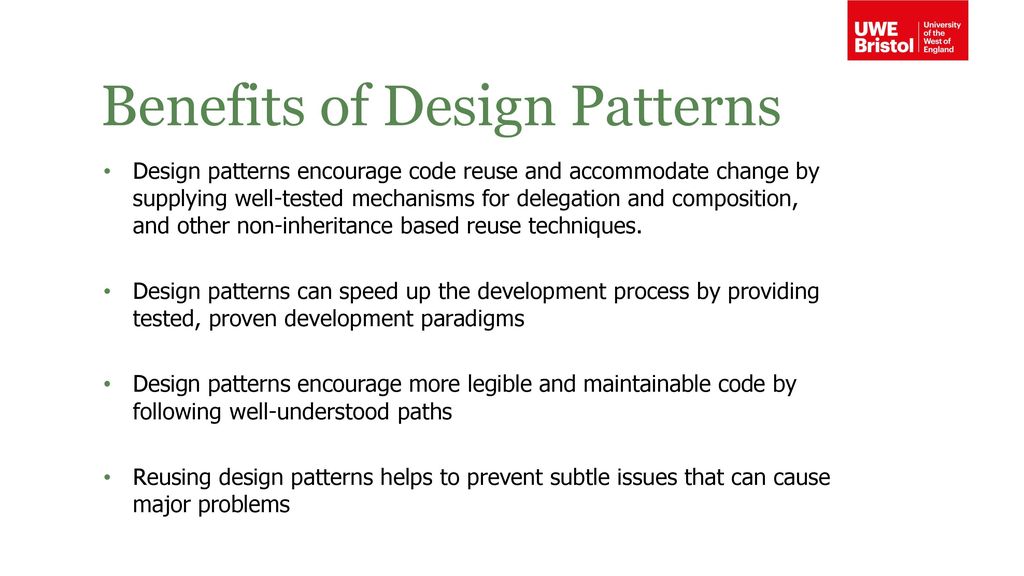Introduction:
Design patterns are the cornerstone of efficient software development, offering solutions to recurring design problems. Harnessing these patterns not only streamlines the development process but also enhances the overall productivity of a project. In this comprehensive guide, we delve into the benefits of design patterns, exploring their impact on productivity and the development lifecycle.
What are Design Patterns?
Design patterns are proven solutions to recurring design problems encountered during software development. They offer templates for solving issues in a structured and reusable manner, promoting best practices in coding and design. By encapsulating solutions to common problems, design patterns facilitate quicker and more efficient development cycles.
Types of Design Patterns
There are three fundamental types of design patterns:
-
Creational Patterns: These patterns focus on object creation mechanisms, providing flexibility and reusability while initializing objects.
-
Structural Patterns: Structural patterns deal with object composition, enhancing the relationships between objects to form larger structures.
-
Behavioral Patterns: Behavioral patterns concentrate on communication between objects, defining how they interact and distribute responsibilities.
Each type of pattern serves a distinct purpose, allowing developers to address various aspects of software design.
Benefits of Design Patterns
Design patterns offer a myriad of advantages, including:
-
Code Reusability: Patterns enable the reuse of successful designs and solutions, reducing redundant code and development time.
-
Scalability: They facilitate scalability by providing flexible and adaptable solutions, accommodating changes without significant code modifications.
-
Improved Maintainability: Design patterns enhance code readability and maintainability, making it easier to understand and update the codebase.
-
Faster Development: Utilizing patterns streamlines development, as developers can rely on established solutions instead of reinventing the wheel.
Implementing Design Patterns in Projects
Integrating design patterns into a project involves understanding the problem at hand and selecting the appropriate pattern to solve it. Application of patterns demands a thorough understanding of their structure, behavior, and implementation nuances. Utilizing design patterns also promotes collaboration among team members, fostering a standardized approach to problem-solving.
Challenges in Using Design Patterns
While immensely beneficial, incorporating design patterns can pose challenges. Overusing patterns or applying them incorrectly might lead to unnecessary complexity or an over-engineered solution. It’s crucial to strike a balance and employ patterns judiciously, considering the specific needs of the project.
Conclusion:
Design patterns are invaluable tools in software development, significantly enhancing productivity, code quality, and maintainability. Leveraging these patterns, companies like ON Wave Group optimize their development processes, fostering innovation and efficiency in their projects.
By understanding and implementing design patterns effectively, developers can navigate complexities and create robust, scalable, and maintainable software solutions, ensuring a competitive edge in the dynamic tech landscape.



